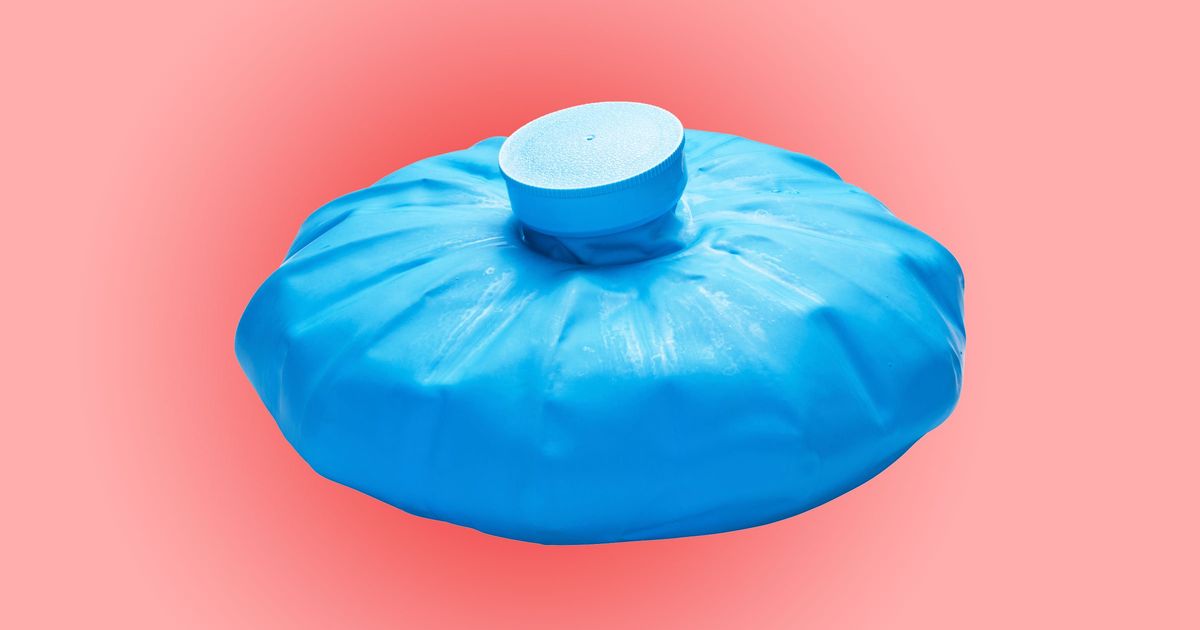Options For Treating Hip Bursitis
Bursitis is a painful condition in which one or more bursae become inflamed. Bursae are small, fluid-filled sacs that act as cushions for the muscles, tendons, and bones close to joints, which are structures that connect bone to bone. Tendons connect muscle to bone. Bursitis can occur any part of the body where there are bursae, but the most commonly affected are the elbows, shoulders, and hips. Bursitis is often triggered by repetitive motion, but it can also be the result of infection, gout, and inflammatory types of arthritis. Obesity increases the risk of both knee and hip bursitis. Hip bursitis is generally self-limiting, but surgery to drain the bursae or correct a related tendon is sometimes required. This article will discuss some specific treatments for hip bursitis.
Cold Compress

The hip has two bursae, which help cushion bones, tendons, and muscles in the hips, thighs, and buttocks. Hip bursitis is most likely due to overuse of the hip joint. It's important to rest the area so the bursae can heal. If hip pain is due to bursitis, the most likely symptoms will be stiffness, pain, and swelling. The joint may ache, and it may hurt more if pressure is applied, or patients move a lot. A simple and effective first-line treatment for hip bursitis is the application of a cold compress or cold pack to the affected area. It's best to do this for the first forty-eight hours after symptoms appear. The cold compress will soothe inflammation and relieve pain. Use the pack for up to twenty minutes at a time before taking a ten-minute break. Repeat this treatment multiple times throughout the day for the best results.
Keep reading now to learn about more treatments for hip bursitis.